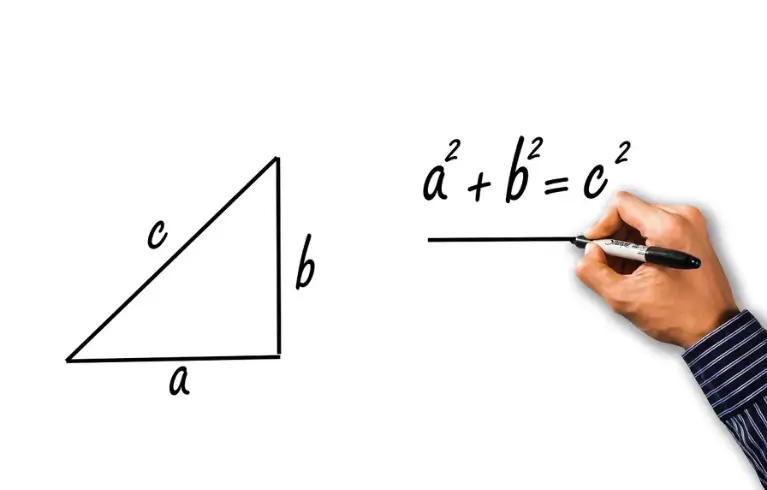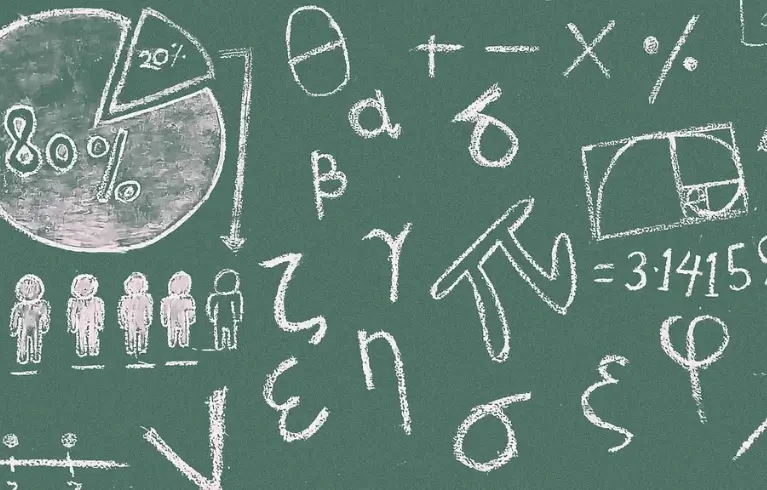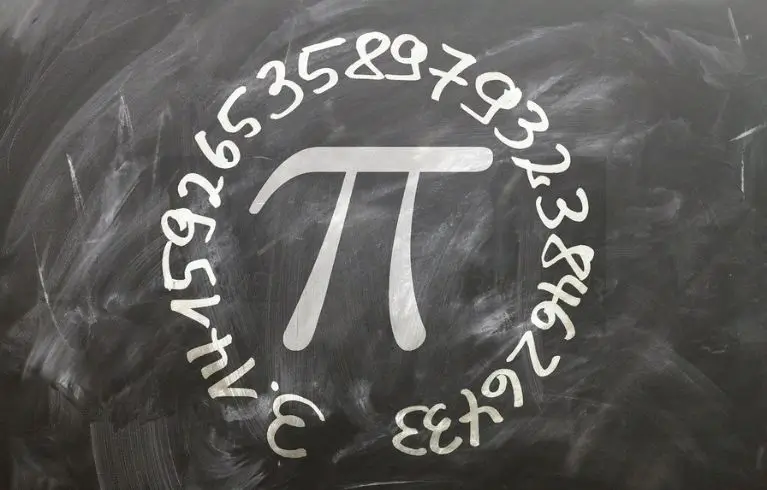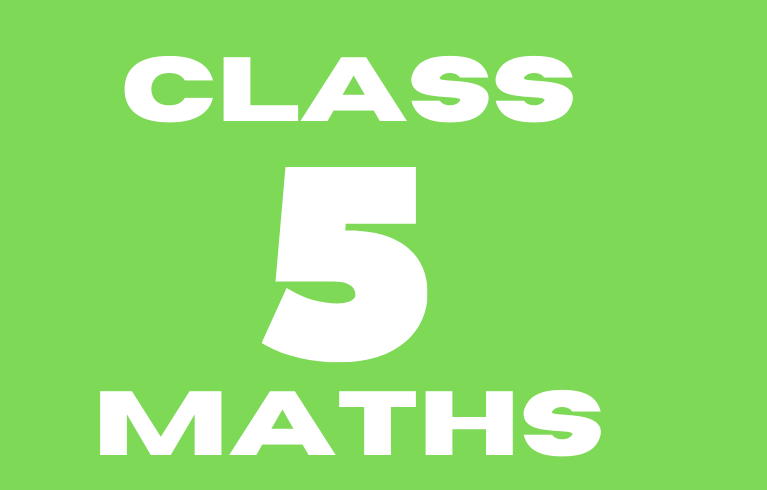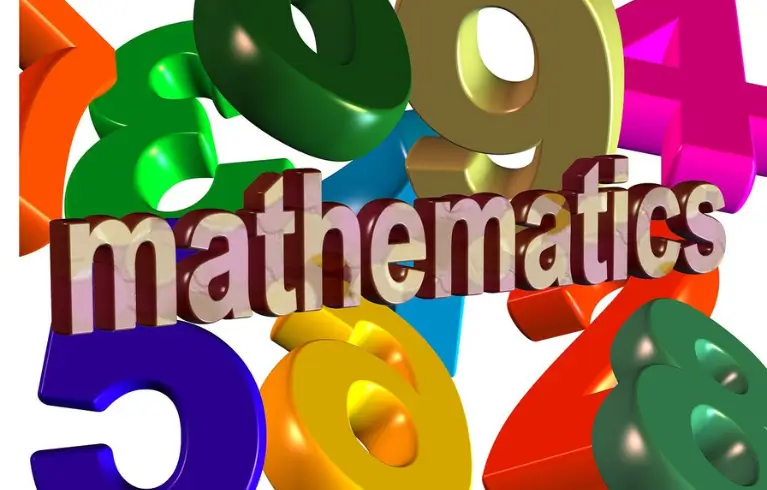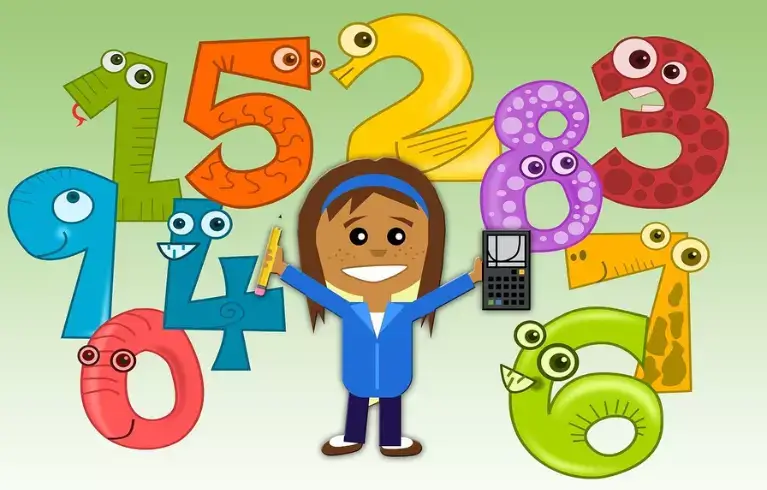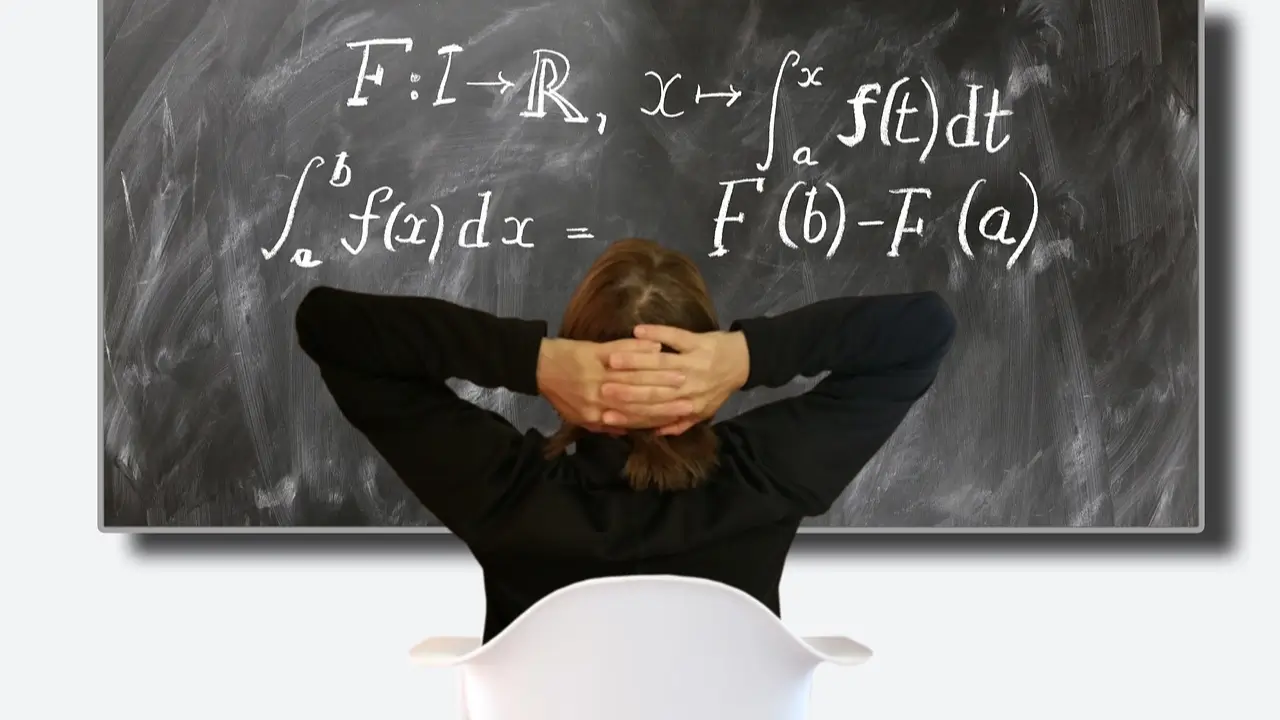Class 10 Maths: NCERT Solutions
Embarking on the journey of Class 10 Maths is an essential step in every student’s academic path. With our meticulously designed NCERT Solutions, students can navigate through each chapter with confidence and clarity. From Real Numbers to Probability, our solutions encompass a comprehensive range of topics to ensure a thorough understanding of mathematics. In the … Read more


